Bafq; City of Vast Palm Trees in Yazd
Bafq is a city located in the heart of the central desert of Iran. With a distance of 120 km from Yazd and 850 Km from Tehran, it is located at 3.55-19.56 E˚ and 19.56-3.32 N˚. The city is a popular tourist attraction known for its desert and desert-based architecture. Beautiful and vast palm gardens, the mesmerizing desert and attractive handicraft make the city one of the best tourist attractions in the province
The city has an altitude of 995 m and a dry and warm climate. With an area of 20000 square kilometers and a population of 30867 (2006 census), it is the second largest city in the province.
The agricultural products grown in the city include dates, pistachios, madders, wheat; and the handicrafts include rugs, mats, wicker, and handheld fans. The historical sites and attractions include the holy shrine of Imamzadeh Abdullah bin Musa bin Jafar PBHM (4th Hijri century), the Jamé Mosque (year 537 Hijri), the Religious Islamic School, the ancient hills of Ghazi Mir Jafar, the Baqer Abad Castle, and the Abdureza Khan Fort.
The famous religious, political, and cultural icons born in this city are Haj Sheikh Muhammad Taqi Bafqi, Ali Bin Shah Mahmud Bafqi, the author of Minhaj al-Fallah (740 Hijri), Mufidi Bafqi, the author of The Jamé Mufidi, and Kamaleddin Muhammad Vahshi Bafqi, the famous poet and author of 5 books (Khuld-e-Barin, Farhad and Shirin, Nazer and Manzoor, Qismet Nameh, and Divan Asha’ar), Muhammad Taqi Khan Bafqi and Abdurezza Bafqi, who ruled Yazd during the late Afsharieh and Zandieh eras. The famous buildings of Baq Khan, Khan Mosque and Khan School were built during their ruling periods.
The etymology of the word “Bafq” is unknown. According to some, the city was originally Bafeqh, a city where people know Fiqh (Islamic Jurisprudence). According to Strange, there were two cities called Baft and Bafd, both located in Kerman Province and one was changed to Bafq to avoid confusion. Another popular belief holds that the word originates from Bafteh or Baftak (woven) which mean mat, produced from palm tree fiber. The word gradually lost the letter t, becoming Bafagh and since the place of articulation of k and q are close, the word changed to Bafq.
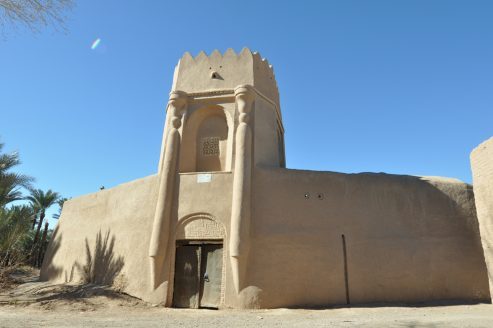

Baqer Abad Castle
Baqer Abad Castle was constructed in three phases with the order of Abdurahim Khan, the son of Muhammad Taqi Khan Bafqi in 1320 Hijri. Initially, the northern tower was built with two storeys, 3 slingshots, and 140 shooting towers. After 10 years, the southern tower was constructed.
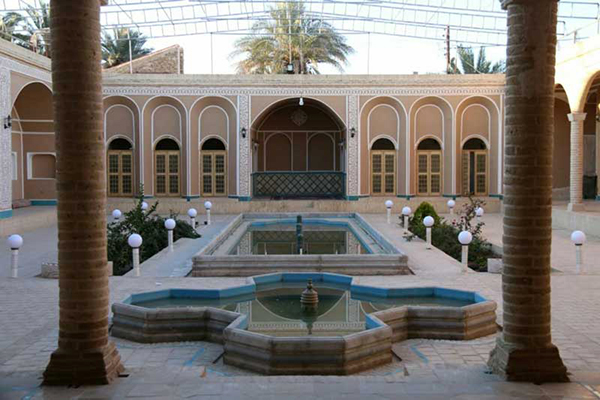

Bafq Jamé Mosque
The Bafq Jamé Mosque is one of the oldest mosques in the city built in the Safavid era. This beautiful mosque is made up of two winter and summer buildings. The frontal part of the mosque is decorated with Qajari tiling and the name of the founder, Mulla Muhammad Baqer, is engraved on it.
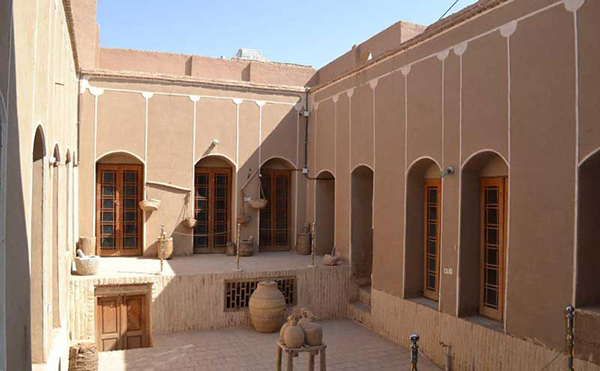

Vahshi Bafqi’s House
Kamaliddin or Shamsiddin Muhammad Vahshi Bafqi is one of the most famous Iranian poets born in year 939 Hijri. He was contemporary to the kings Tahmasb Safavi, Shah Ismael the Second, and Shah Muhammad Khoda Bandeh. Currently, his house is one of the most popular tourist attractions of the city due to its spectacular architecture, dishes and tools on display.
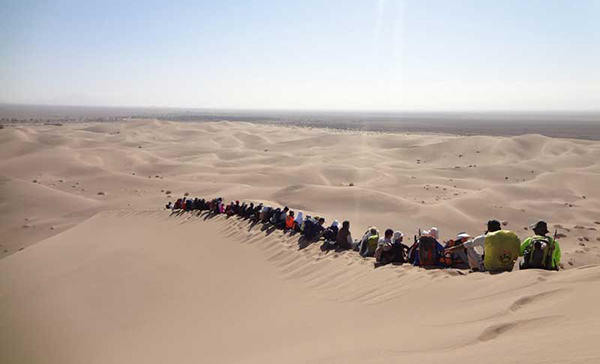

Sadiq Abad Desert
The desert of Sadiq Abad is one of the most interesting tourist attractions located in a village 17 km from Bafq. It is 1500 hectares and over 50 meters high. The desert has hills with directionless moving sand dunes. The recreational camp has been constructed to provide activities such as sand walking, camel riding, motorbike riding, parachuting, sunbathing, and badminton.


Shen and Shaden Desert Touring Camp
This camp provides activities such as camel riding, motorbike riding, 4-wheel motorbike riding, local soup, and live music to Iranian and foreign tourists.
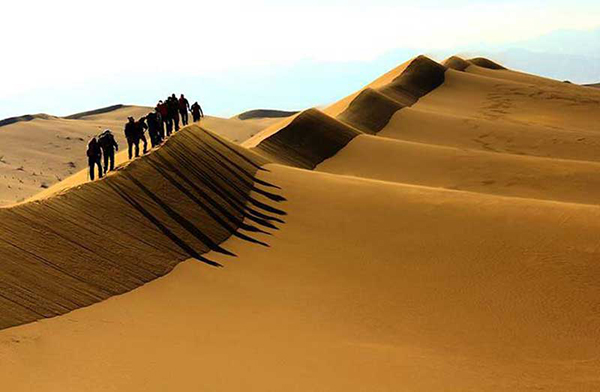

Moghestan Desert
The Moghestan Desert or Rig Zarrin (Golden Sand) is located 40 km north of the Bafq Desert, i.e. Daranjir Desert. It is divided in half by hills into northern and southern parts. The animals calling this desert home include wolves, hyenas, jackals, sand foxes, sand cats, lacertids, monitor lizards, snakes, scorpions, see-see partridges, eagles, and falcons.
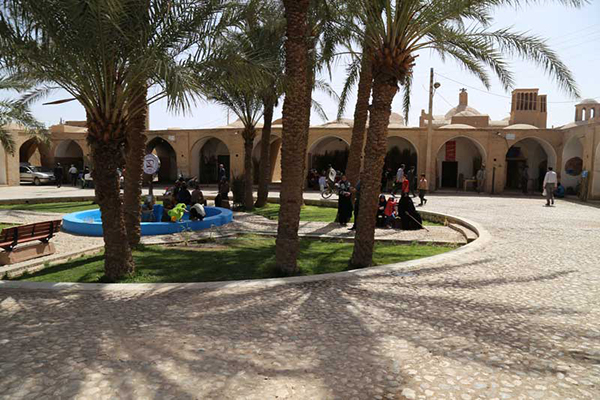

Khan Square
Located in the center of the city of Bafq, Khan Square was constructed during the Zandieh and Qjar eras. In the center of this square, there is a pond surrounded by palm trees, doubling its beauty. The historical value of this square is doubled by the historical places surrounding it, including a caravanserai, Ab Anbar (Water reservoir), and Jamé Mosque.
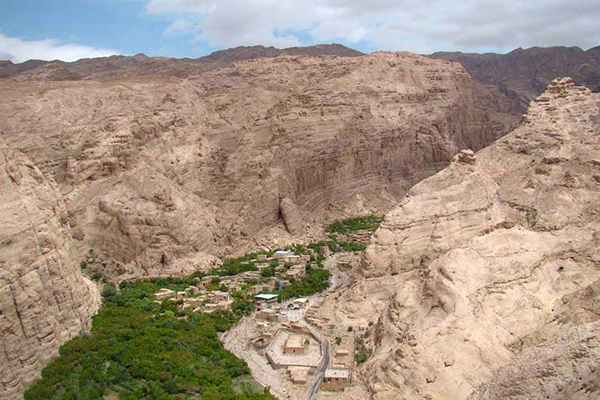

Touristy Village of Qatram
This village is a desert equivalent of the famous city of Masuleh, located 50 km north of Zarand Railway. It has a mild and dry climate. Just like the city of Masuleh, the houses and gardens in this village are built in the form of stairs, the lower houses’ roof being the upper houses’ yard.
